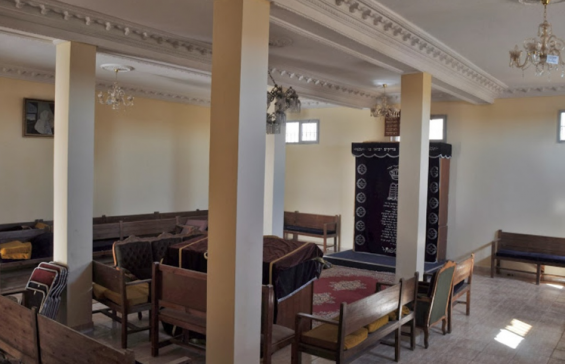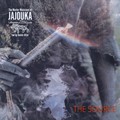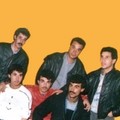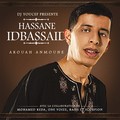To Jewish pilgrims, visiting Dad, a mountain located near the city of Settat, is a must. Rabbi Abraham Awriwer is buried on top of this mountain, which is mostly known for the curious camel who once discovered the saint's tomb.
This story is mentioned by historian Issachar Ben-Ami, who wrote in his book «Saint Veneration Among the Jews in Morocco» (Wayne State University Press, 1998) that Abraham Awriwer was born in Palestine. According to the same account, Awriwer came to Morocco by the end of the seventeenth century as an emissary, visiting several cities, including Settat, where he passed away.
«Rabbi Abraham Awriwer, originally from the Holy Land, also called Mwalin Dad on account of the mountain near Settat on which he is buried alongside the graves of his students», according to «Jewish Folklore and Ethnology Review», (Simon Bronner, 1990).
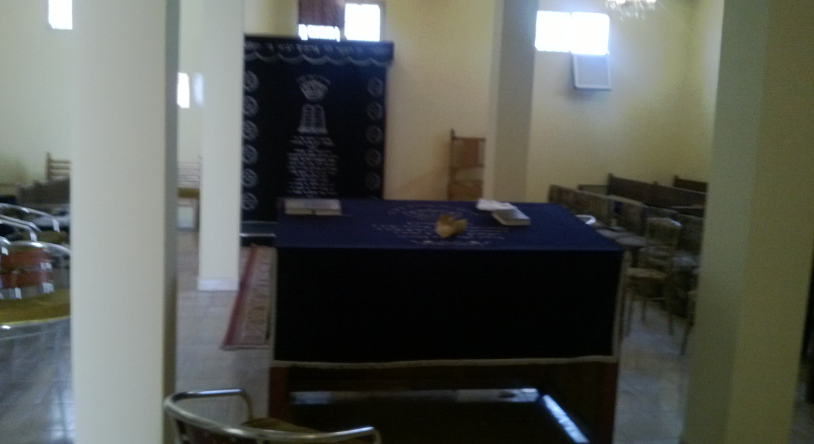
The legend says that the Rabbi’s tomb had «protected the Muslim inhabitants of this region from a terrible epidemic that killed thousands of people».
«Rabbi Abraham Awriwer is, in a way, a generalist saint. He would heal infertility as well as blindness and paraplegia, unlike other Jewish saints in Morocco, who have specific powers against vitiligo, cholera or snake bites and scorpion stings», said Evelyne Oliel-Grauz, a French historian of Moroccan descent, Dafina reports.
The platform claims that Rabbi Abraham was called Awriwer after a plant called ricin that bloomed on his grave. It also explains that «in the beginning of the twentieth century the Jewish community became interested» in his grave.
A tombstone discovered by a camel
Indeed, a single stone that was discovered by a camel marks the tomb of the Rabbi. The story relayed by historian Ben-Ami indicates that «a Muslim’s camel, laden with salt, was passing by (…) when its foot sank into the ground and couldn’t be moved».
«They went to call the Jews. They told them : You are the experts, get this foot out of there . When they lifted its legs they found [a stone] with the date of R. Abraham Awriwer. Then they built a marker over it».
Issachar Ben-Ami stressed that «everytime [the Jews] wanted to put up a building it would collapse». But the Jews eventually built a synagogue, a tomb, and homes to annually celebrate the Rabbi's Hiloula.

According to the same historian, many legends have been linked to the name of this Rabbi. «Once someone came and said to me : If you believe, stick your hand inside the tomb where they light candles (…) I put my hand into the flames. I felt that it was burning as if the skin was coming off. I put my hand on his face, on the face of the Jew of blessed memory», he wrote.
According to the same source, Rabbi Awriwer had seven brothers. «Why do we say Mwalin Dad ? There were seven brothers. Mwalin means ‘the owners’», Ben-Ami wrote.
For this version of the story, the Hiloula of the Rabbi and his seven brothers is celebrated during Lag Ba'omer, a Jewish holiday celebrated on the 33rd day of the Counting of the Omer, which occurs on the 18th day of the Hebrew month of Iyar.




 chargement...
chargement...



